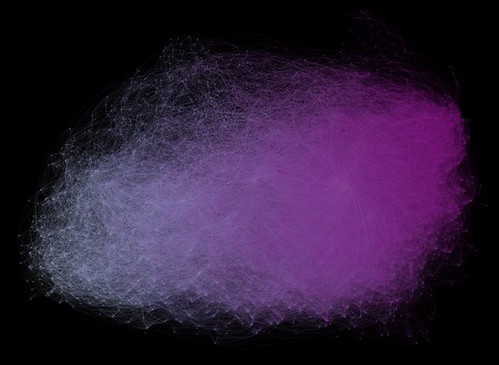Bumping this to the top just to remind myself of these questions.
1. What is the target/beneficiary of the evolutionary dynamic?
The direct beneficiary is a cultural entity, which is what Dawkins had in mind when he posited the existence of memes. Of course human beings, biological entities, have to benefit indirectly and in the large, otherwise cultural evolution would have no biological (adaptive) value.
2. Replication (copying) or (re)construction.
I suppose both, sorta. The gene-like entities, which I’m now calling coordinators, are replicated, or something like it (think of phonemes in language as a central example). But the phenotype-like entities, which I’m calling cultural beings, are reconstructed of course. (See my page, Cultural Evolution Terms, for a bit more about these.)
3. Is there a meaningful distinction comparable to the biological distinction between phenotype and genotype?
Of course. The genetic entities (coordinators of various kinds) consist of observable features of objects and events. The phenotypic entities, called cultural beings, exist in the coordinated minds (linked through various processes of communication and participation) of a population of humans. If the humans like a given cultural being it will persist in the population, and thus the coordinators on which its construction depends. Otherwise it will die and any coordinators that are unique to it will die as well.
And then there is a fourth, over-arching question:
So what?
That is to say, what can an evolutionary account of cultural history tell us that isn’t captured in a pile of narratives of the more standard kind?
I would think so, but that requires an argument. I’ve not yet created one, though others may well have done so. For example, I think that Matthew Jocker's depiction of influence in 19th century Anglophone novels is best explained by an evolutionary account rather than a blither of individual narratives:
I've discussed that figure several times, most recently in Notes toward a theory of the corpus, Part 1: History [#DH].

No comments:
Post a Comment